The Role of Music and Dance in Witchcraft Rituals
The magical connections that music and dance provide have found their way into witchcraft practices since ancient times, and still resonate in the hearts of witches today. Not only does incorporating music and dance into your rituals enhance the sensory experience, but it also taps into profound energies that amplify intention and spiritual power.
The roots of movement and music in witchcraft stretch far back into history, where they served as key components of ritualistic practices. Ancient civilizations recognized the synergistic relationship between rhythmic sounds and movement in their ceremonies – for example, way back when in ancient Mesopotamia, the Sumerians and Babylonians used dance to invoke and attract gods and goddesses during sacred rites. Similar practices have been traced back to Africa and the Americas who also harnessed the primal energy of dance and rhythm to connect with the spirit world.
The reasons we gravitate to dance and music is deeply embedded in our primal instincts, forged through aeons of human evolution. Ritualistic expression through music and dance has been used to channel emotions, energies and intentions. For witchcraft specifically, these types of rituals provided a conduit for connecting with the unknown and channelling the subconscious. By moving in sync with the rhythms of the earth and the cosmos, ancient practitioners tapped into shared collective consciousness and heightened their awareness of the unseen magical realms.
There’s no better feeling than letting loose and allowing your body to move in a way that feels natural to you. But did you know that there are certain movements and sounds that invoke certain things? Rhythm, music, and movement in witchcraft carry a myriad of symbolic meanings, and invoke specific energies and emotions. Think of the heavy, hard movements in the Haka, or the way hips sway in belly dance, opening up the root and sacral chakras. The cadence of drums stir the spirit of courage, and the lilting notes of a flute evoke tranquillity – there are many different emotions and intentions behind sounds and movement.

Dance is more than just a sequence of steps; movement can be a magical form of expression. Whether it’s the whirling dervishes of Sufi mysticism, the spiral dances of Wiccan practitioners, or sacred movements of indigenous cultures, movement is a vessel of transferring energy.
The fluidity of dance allows witches to raise energy and forge connections with deities and ancestral spirits – creating a living, breathing bridge between realms.
Music and movement can also shift and alter your consciousness. Through repetitive rhythms and entrancing melodies, we can journey between worlds and access deeper layers of the psyche. The ritualistic nature of dance, combined with intentional music, offers a path to a trance-like state where insight, revelation, and transformation await.
When incorporating these elements into your witchcraft, try to select music that resonates with your intentions. Create specific playlists, choreograph dances that align with your intentions, and experiment with combinations of both. It’s also important to be mindful of cultural appropriation – seek out music and dance forms that align with your personal heritage or those you have obtained permission to use from the right sources.
Music and dance are the primal languages of the human spirit, transcending time and culture. They serve as vessels of expressions, intention, and connection to the otherside. As witches, we inherit a legacy rich with the echoes of drums, the sway of bodies, and the power of rituals fuelled by rhythm and movement. Through this, we honour ancient wisdom, and bring the power our ancestors discovered to the here and now.







